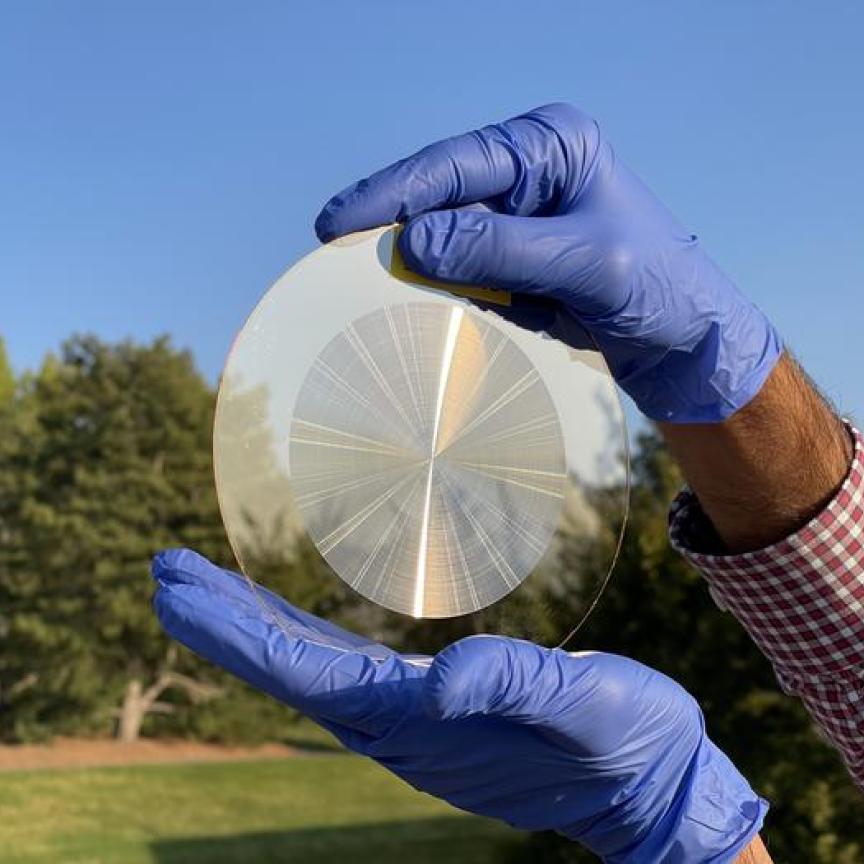The rapid progression of sensor technology development has greatly benefited the imaging market, as well as humankind. It is all around us – it affects every aspect of our lives. Advances in medical testing, enhanced security, the reality of autonomous vehicles, assistance robots, and the ability to create high resolution video memories, anywhere or anytime, are just a few ways that higher performance imaging has affected our lives in recent years.
The latest advances in imaging stem from the ability to pull together many different scientific disciplines and technologies. Less than 10 years ago, the sensors available for use in most commercial cameras were the limiting factor affecting performance in many systems. Then something changed – the ability to make cost effective, high-resolution sensors became a reality and, at that point, the true limitations of other technologies became apparent. One of those technologies was optics and the science related to their designs.
When it came to optics, the first obvious issue was that, regardless of the abilities of the designers involved, the laws of physics were going to have their way. Tiny pixels, of the order of one micron, were just not practical for nominal optical designs. Additionally, sub-two micron pixels are difficult to manufacture cost effectively as off-the-shelf parts. This is not to say that applications using these sensors are not being solved – it is just incredibly difficult to maximise their true performance.
One response to this issue was to create sensors with larger pixels, essentially increasing the amount of overhead in a lens design before the laws of physics cap performance. But this has now led to another issue – total sensor size. As pixel counts increase, sensor size has to grow. This is where a second issue comes into play – with all the new sensor formats on or now entering the market, there is limited off-the-shelf product coverage for them and, in some cases, no coverage at all. Additionally, in many cases, larger sensors will require larger lenses that are going to be more expensive and increase system costs.
Where are we now?
There is already an abundance of different sensor and pixel sizes on the market, and the number of options only appears to be increasing, meaning that the number of optical solutions required to meet the wide range of system needs, as dictated by market demands, will only increase. In some cases, as with smaller pixels, a perfect solution may never exist, which can be confusing and frustrating for the marketplace. This will be especially true for end customers that want to solve more applications, all based on the promise of new sensor technology. But, there are efforts that can be undertaken to create a solid path forward.
First, the imaging community can proactively communicate the issues and boundaries associated with system limitations present both today and in the future. Through proper education and understanding, expectations can be set effectively by the customer base.
Next, we can work together on using existing standards that will promote individual technologies as they relate to system-level performance. As sensors grow in size and we push out of the C-mount, simply using what is available for photography is not the correct path. While this can be viewed as an efficient fix, it is too large a jump for what is actually needed, and will greatly limit the design tools available for optical designers, along with creating expensive oversized products. Moving to logical solutions that may be very specific to the machine vision industry has to be part of the solution, even if it initially takes longer in development time. In the short term this will mean that a wide variety of products may not be available, but long term better solutions can be created cost effectively. This is what is ultimately best for the market.
Finally, companies can also work toward more flexible or easily customised solutions. The number of applications will only increase, and the ability to address them rapidly with customisable options, will lead to growth in the market.
At the end of the day, we have arrived at the inevitable outcome that could be seen years ago; eventually one technology – in this case sensor technology – would surpass the abilities and availability of other core imaging technologies. Out of convenience the industry has leveraged other application spaces to solve the limitations. Now more than ever before, the imaging community needs to work together to create the solution spaces for the market. If we do not, someone else will do it for us.


